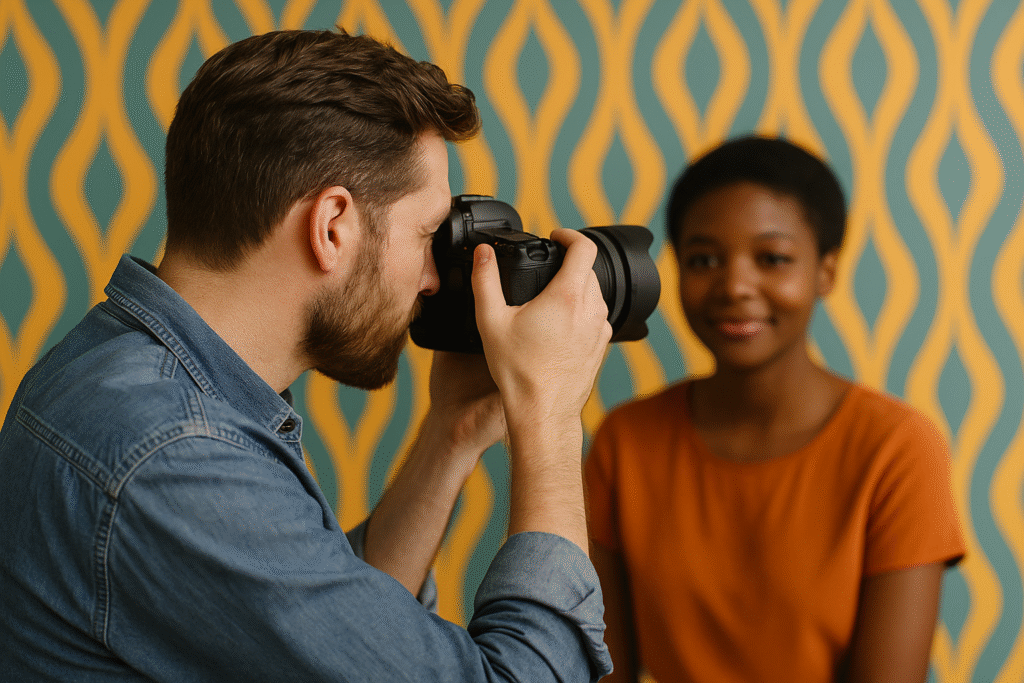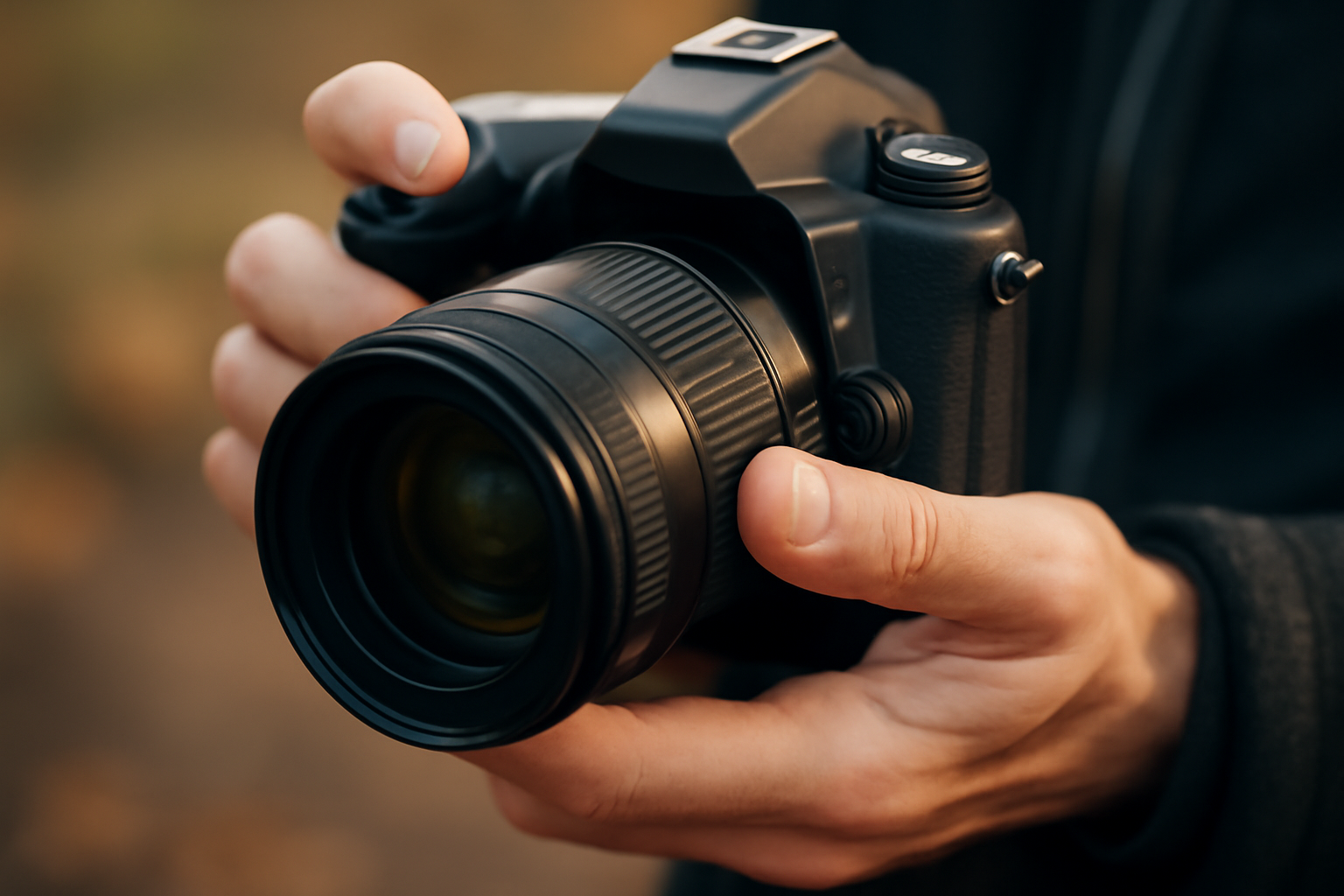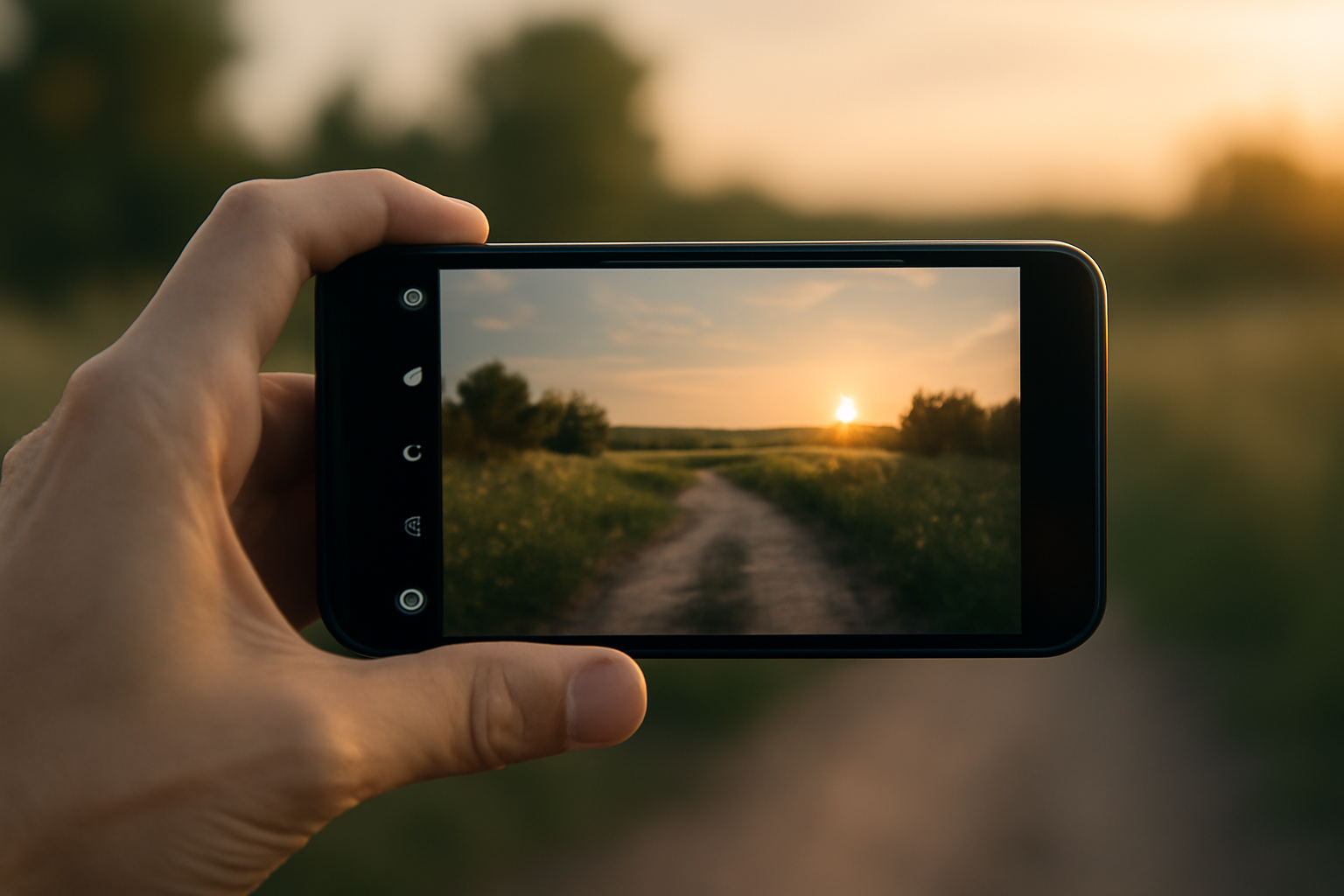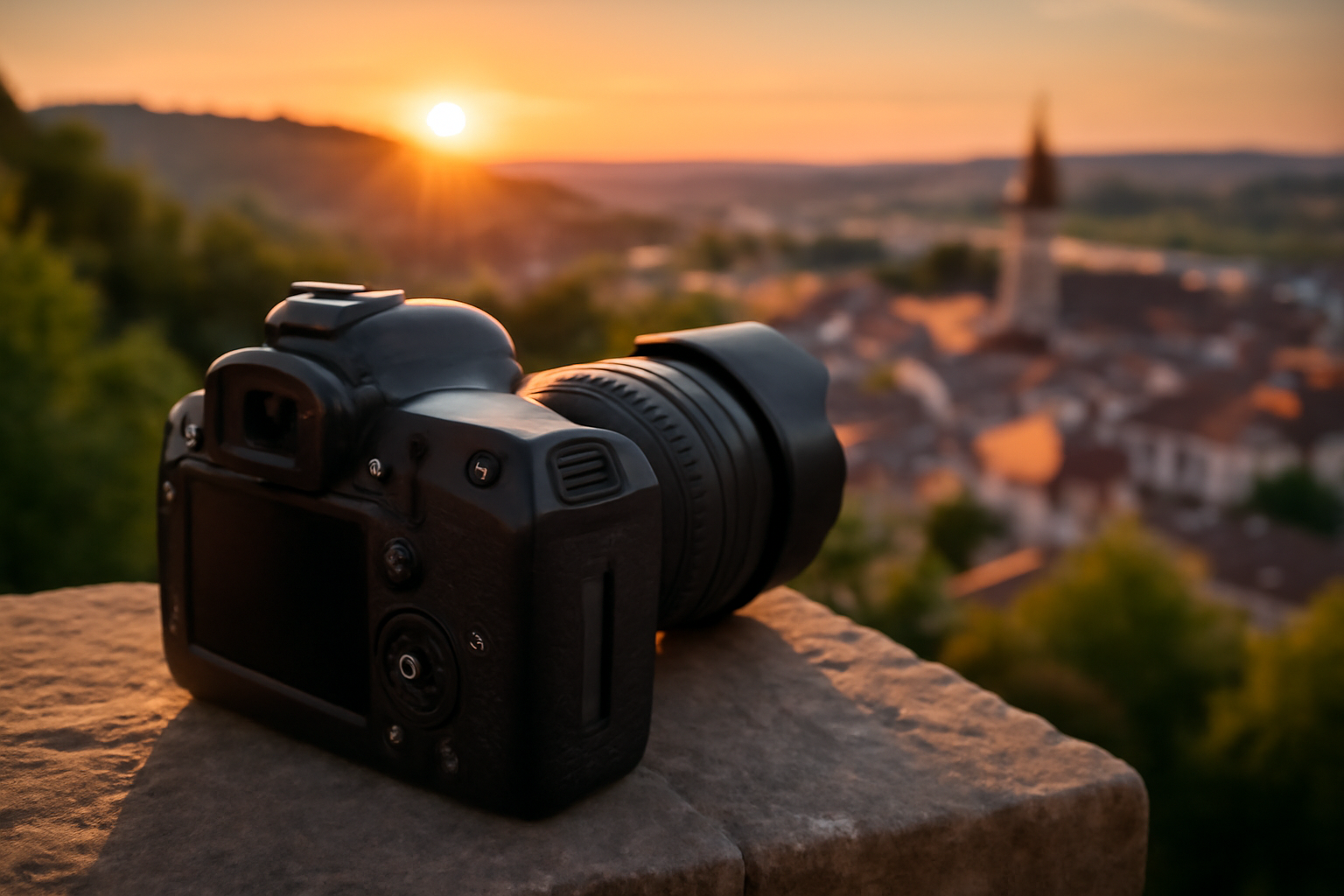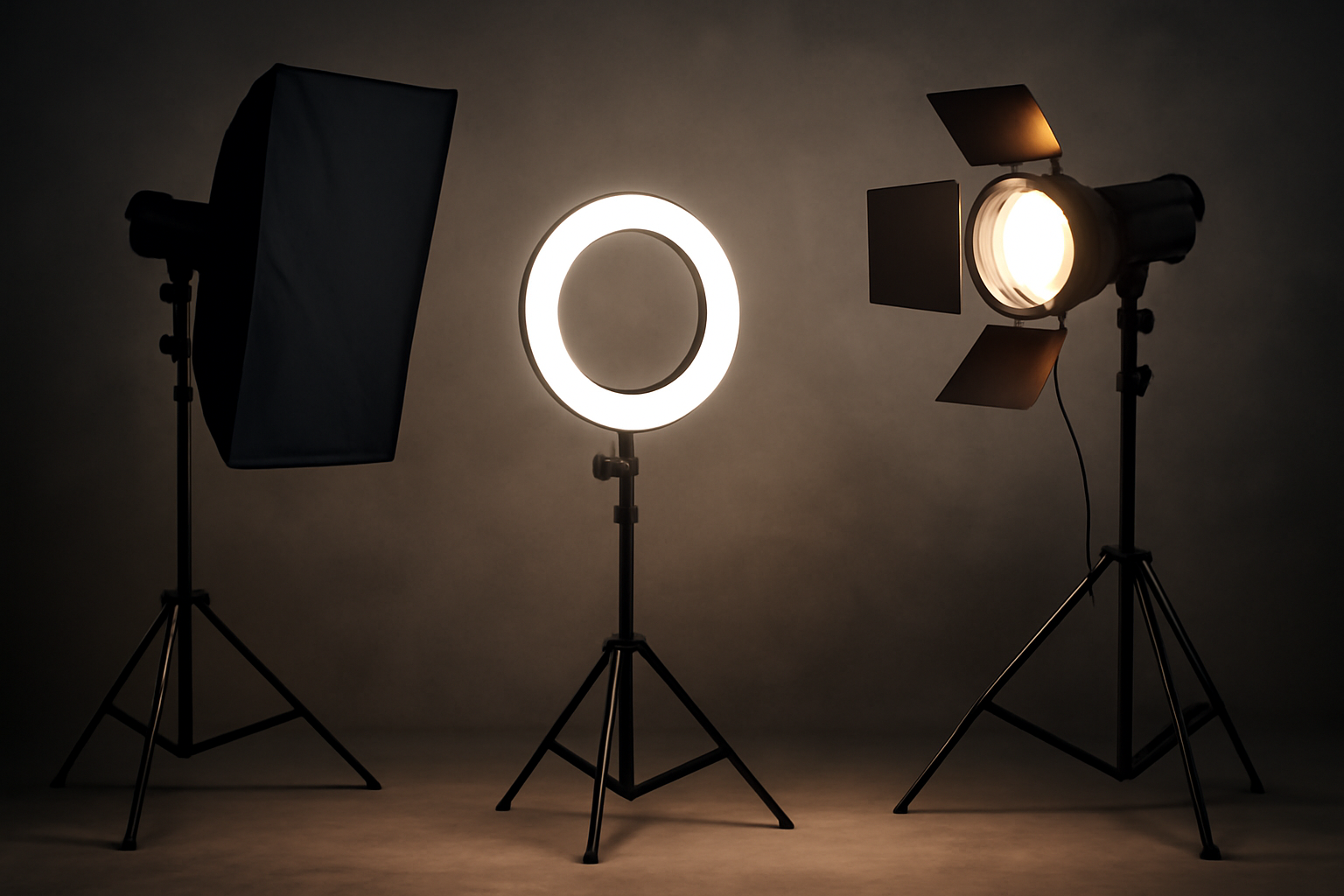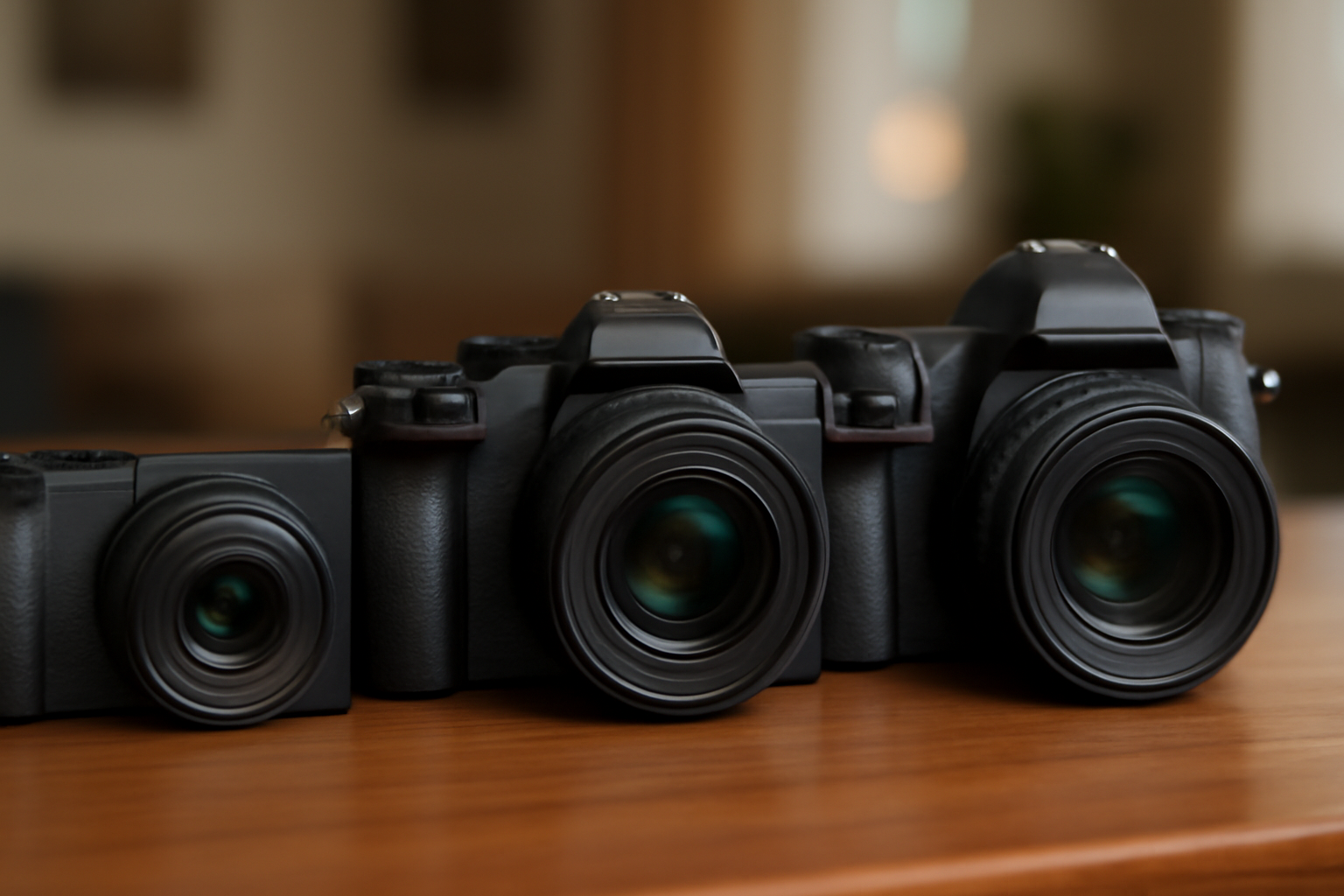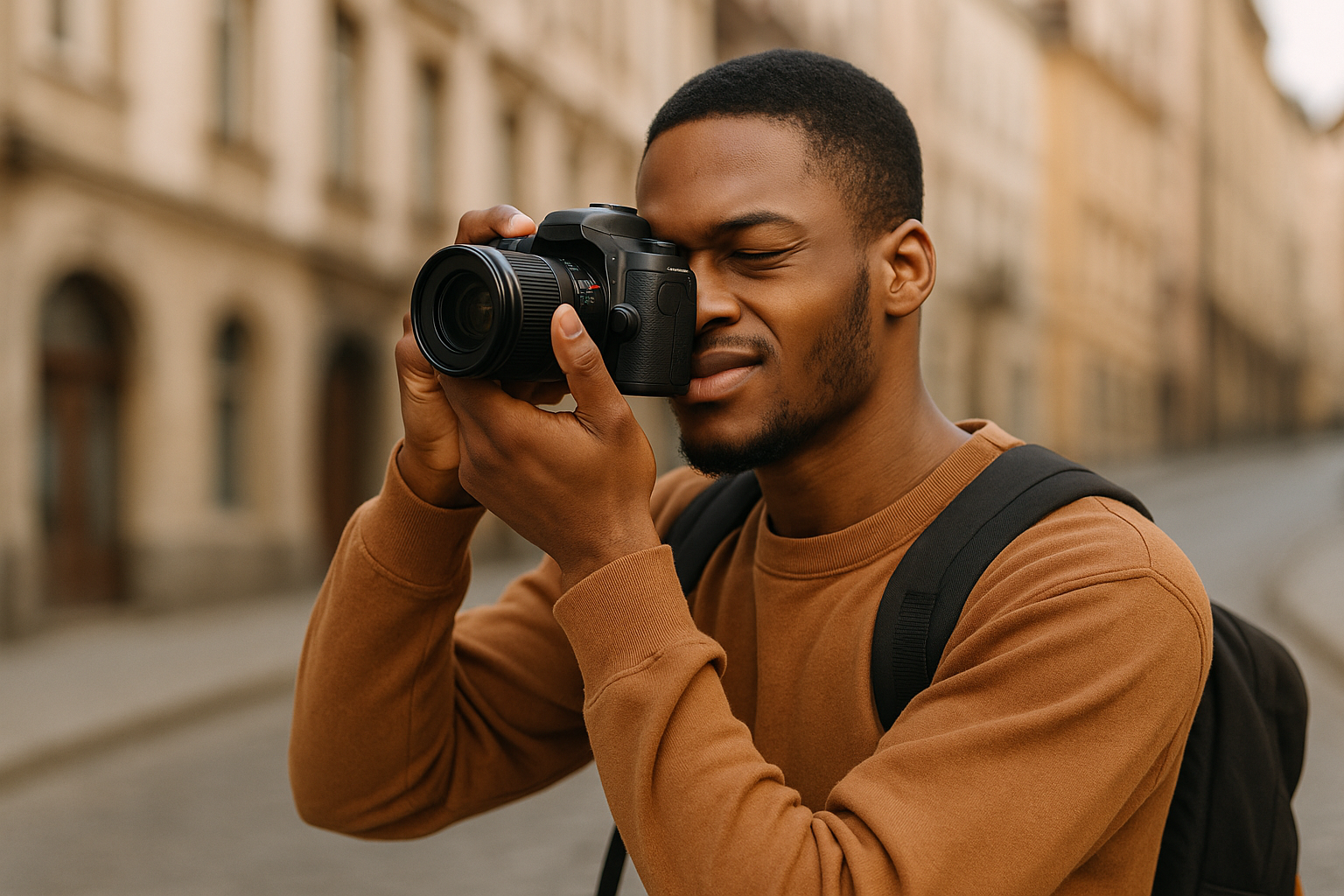Photography is like poetry, and the background is its rhythm. A creative, thoughtfully chosen background can elevate a simple shot into a memorable visual story. Whether you’re photographing landscapes, portraits, or travel vignettes, the right background sharpens focus, sets emotion, and adds irresistible context.
This guide will help both new and seasoned photographers harness creative backdrops—offering practical, engaging techniques grounded in real-world experience.
Why Backgrounds Matter More Than You Think
A background isn’t just “what’s behind.” It’s a narrative element that:
- Highlights the subject by isolating or emphasizing
- Provides context, reflecting place, culture, or mood
- Guides the viewer’s focus through composition and color harmony
In essence, a background can either make your subject shine—or get lost.
It can also set the emotional tone for an image. A cluttered, poorly lit background might create confusion, while a serene, well-composed backdrop can evoke peace or drama. Especially in travel photography, backgrounds provide an authentic sense of place that adds meaning to the image.
Create Depth and Isolation: Keep Subject and Background Apart
Distance matters. Allowing space between your subject and background softens details and creates visual separation.
- Step back, zoom in—this compresses the background with pleasing blur (bokeh)
- Use shallow depth-of-field (wide aperture like f/2.8) to blur busy or distracting backdrops
Using longer lenses (85mm or more) can also help isolate your subject and compress the background artistically. This is particularly effective in street and portrait photography, where the environment adds flavor but shouldn’t dominate the subject.
In travel settings, let the background breathe—finding separation gives your subject the spotlight. When shooting on location, place your subject in front of distant elements—mountains, buildings, ocean horizons—to naturally create separation and visual depth.
Choose Simplicity or Story—but Be Intentional
- Minimal backgrounds—like clear skies, textured walls, or single-color backdrops—keep attention on your subject and evoke calm
- Textured or environmental backdrops—such as murals, architecture, or local scenery—add depth and narrative
Let the background complement, not compete.
When photographing cultural events or natural scenes, select a background that tells part of the story. A dancer in traditional clothing might be best framed against temple architecture or festival decor, reinforcing the story and atmosphere.
You might also try using color theory in backgrounds: complementary or analogous colors can dramatically enhance the emotional tone of the image. A red-dressed subject in front of green ivy? That’s visual magic.
See Lines, Space, and Balance
Subtle cues in your environment can guide eyes and enhance composition:
- Avoid lines that visually “cut” through your subject’s head—keep them below or above
- Look for negative space to give your subject “breathing room”
- Use leading lines (paths, railings) to draw the eye toward your subject
Composition isn’t just framing—it’s choreography.
Train your eyes to scan the entire frame before clicking the shutter. Many beginner photographers focus only on their subject and forget to analyze what’s happening in the periphery. Practice deliberately arranging your subject in relation to the background until it becomes intuitive.
Symmetry can also be a powerful compositional tool when combined with creative backgrounds—use reflections, architectural balance, or mirrored elements to create compelling visual harmony.
Add Character with Materials and DIY Ideas
You don’t need elaborate gear to create stunning backgrounds—think resourceful:
- Seamless paper rolls or painted backdrops offer solid, versatile fields of color
- Textured surfaces (brick, wood, foliage) give depth and atmosphere
- DIY roll-ons made from vinyl, foam board, or fabric are portable and impactful
Local culture and materials can become immersive, signature backdrops.
For portraits, consider using fabric or hand-painted cloths that resonate with the subject’s identity or personal history. A vibrant textile behind a subject wearing neutral tones can create a beautiful contrast and connection.
Even in a small home studio, a creatively draped curtain, window blinds, or a strategically placed lamp can turn a blank wall into a textured, dynamic background.
Use Lighting and Color to Shape Your Frame
Light can transform a background:
- Lighting techniques define mood—soft for warmth, high contrast for drama
- Match or contrast tones—a solid background can harmonize or pop against the subject, depending on your intent
Think of light as the brush that brings background to life.
Golden hour light can create rich, warm backgrounds that feel magical. Backlighting your subject while allowing sunlight to filter through leaves, curtains, or dust can result in painterly backgrounds filled with glow and softness.
Colored gels, LEDs, or bouncing light off colored surfaces can add a cinematic touch to backgrounds, especially in controlled studio environments.
Study Examples for Creative Inspiration
Celebrate how photographers use backgrounds to tell stories:
- Genevieve de Manio emphasizes backgrounds that add romance to wedding portraits—like gardens and architecture
- Thandiwe Muriu’s “Camo” series blends vibrant textiles and patterns to complement and celebrate cultural identity
Backgrounds aren’t just scenery—they’re symbolic carriers of meaning.
Examine editorial magazines or travel photography collections and notice how seasoned professionals choose or modify backgrounds to enhance narrative. Even street photographers capture magic by waiting for the right person to walk in front of an intriguing wall.
Experiment with props or natural elements. Adding translucent materials (like lace or paper) between your lens and background can soften and stylize the entire image.
Quick Tips: Techniques That Work Every Time
- Pause and scan every shot—choose your spot intentionally, not rushed
- Change perspective—shift your angle, move left or right, change elevation
- Use intentional blur—if a cluttered background is unavoidable, lean into bokeh for clarity
- Selective focus—keep the subject sharp and let everything else flow into soft abstraction
- Enhance context—locate backgrounds that add locale cues in travel shoots
Background awareness becomes second nature with practice. Build the habit of scanning corners, looking for visual “distractions” and removing them when possible—either by changing position or adjusting settings.
Bring Movement and Atmosphere into the Background
Movement doesn’t just belong to the subject. In some styles, the background can be alive:
- Traffic lights, people walking, wind-blown leaves add dynamism without taking over
- Long exposures create motion trails and contrast with a static subject
- Reflections and shadows offer abstract or surreal backdrops that enhance storytelling
Especially in tourism photography, motion backgrounds can reflect the energy of a destination—such as crowds in a market or waves crashing on rocks behind a peaceful figure.
Try incorporating blurred bicycles, birds, or even passing boats behind your subject to convey narrative motion.
Additionally, experiment with weather elements like rain or snow to introduce texture and a sense of place. These natural conditions can add spontaneity and emotional depth to your image’s background, especially in candid street or documentary styles.
Background Editing and Post-Processing
Don’t underestimate the power of editing. Software can enhance or repair backgrounds when used tastefully:
- Vignette subtly draws attention to the center
- Cloning and healing remove distractions
- Color grading aligns mood and harmony between subject and background
Avoid overly artificial edits that create inconsistency between subject and setting. Aim for enhancement, not replacement.
Learning to mask and blur specific background areas can help rescue an image with a strong subject but distracting environment.
Use luminance masks or selective brushes to lighten or darken parts of the background for emphasis or mood.
Embrace Environmental Awareness
Backgrounds often reflect the culture, geography, and story of a place. A temple, forest, local café, mountain trail, or colorful wall can be a stunning, location-aware backdrop. As a photographer—especially in travel contexts—your job is to highlight those stories.
Respect the environment. Don’t disturb nature or locals to “get the shot.” Build your photo around existing beauty and authenticity.
Shooting with awareness of cultural sensitivity can help you create more respectful, timeless, and meaningful images that resonate beyond aesthetics.
When possible, research the significance of architectural or cultural elements you include as backgrounds. Understanding their symbolism can help you frame more thoughtful, resonant compositions.
Summary of Creative Background Strategies
| Strategy | Why It Works |
|---|---|
| Add depth and space | Separates subject and increases focus |
| Use simplicity or story | Guides tone and evokes mood |
| Mind lines and symmetry | Strengthens composition |
| Bring texture and material | Adds richness, cultural context |
| Leverage lighting and color | Sets mood and creates harmony or contrast |
| Show motion and life | Adds energy and storytelling |
| Enhance in post | Corrects or amplifies background impact |
| Stay culturally sensitive | Honors the subject’s setting and story |
Let Your Environment Shape Your Story
Creative backgrounds are more than what you shoot against—they invite the viewer into the moment. The folds of a silk scarf, an aged city wall, or the golden hour light on cobblestones—they all become part of the narrative.
Experiment with distance, color, texture, and light. Make the background not just a stage—but a co-author of the visual tale.
In a world where attention is fleeting, mastering your backgrounds ensures your images aren’t just seen—but remembered.
So next time you raise your camera, ask yourself—not just what you’re photographing—but what’s behind it, and why it matters.
That’s the art of storytelling through backgrounds—and your creative signature waiting to unfold.
